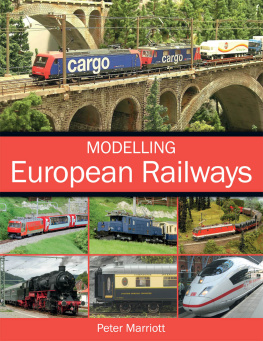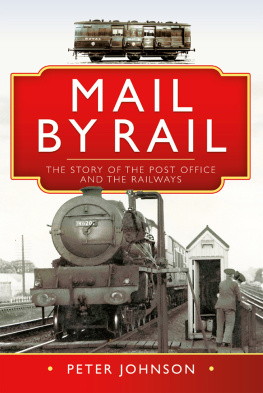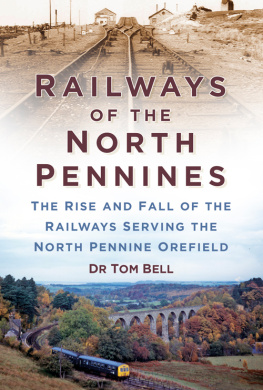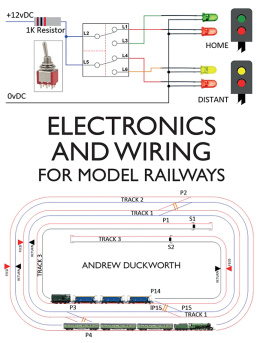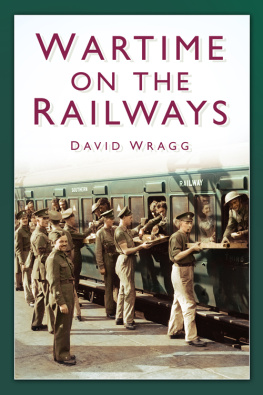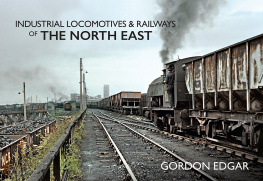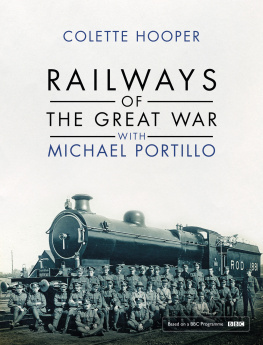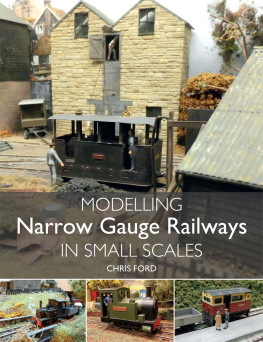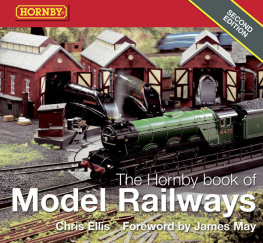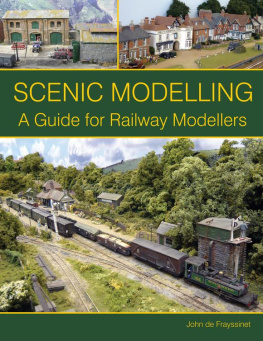
MODELLING
European Railways
Peter Marriott

THE CROWOOD PRESS
First published in 2016 by
The Crowood Press Ltd
Ramsbury, Marlborough
Wiltshire SN8 2HR
www.crowood.com
This e-book first published in 2016
Peter Marriott 2016
All rights reserved. No part of this publication may be reproduced or transmitted in any form or by any means, electronic or mechanical, including photocopy, recording, or any information storage and retrieval system, without permission in writing from the publishers.
British Library Cataloguing-in-Publication Data
A catalogue record for this book is available from the British Library.
ISBN 978 1 78500 127 7
Disclaimer
The author and the publisher do not accept any responsibility in any manner whatsoever for any error or omission, or any loss, damage, injury, adverse outcome, or liability of any kind incurred as a result of the use of any of the information contained in this book, or reliance upon it. If in doubt about any aspect of railway modelling readers are advised to seek professional advice.
CONTENTS
ACKNOWLEDGEMENTS
Thanks go to numerous folk who have made modelling European railways a lot of fun for me, including David Aldis, Hansueli Kunz, Ian Futers, Stewart Gorman and Pelle Seborg.
For those who have contributed to this book I must add my profuse gratitude, because their contributions have added to the scope of the book. These include John Atkinson, who knows so much more about operating railways to a timetable than I had imagined was possible. Paul Smith, who shares with us in these pages his excellent N-, HO-and O-scale layouts and expertise. Peter Brett of Winco kindly read the chapters on models and high-speed trains so that I could ensure that I was as up to date as possible regarding availability of models. Stephan Kraus allowed me to take pictures of his various layouts, which has enhanced the narrow-gauge aspects of this book. Chris Nevard positioned some of my rolling stock on his superb layouts and then ably took marvellous pictures of them. Norman Lamb and other members of the Austrian Railway Group gave very helpful comments on the Case Study chapter.
Thanks also to Stewart Gorman for lending me his SNCF rolling stock on occasions and to David Aldis for letting me work on his N-scale Swiss-based layout.
For those who have accompanied me on various European railway jaunts I thank John Atkinson, Geoff Crossland, David Brown and Les Heath. All those trips were a lot of fun!
Thanks go to my wife Mary who has to put up with living with little bits of Europe dotted around our house. I really do appreciate her patience and long suffering!
As soon as this book is published, I am sure I will immediately recall the names of many others who have helped me and I say thank you to those too.
ILLUSTRATION CREDITS
My thanks go to the photographers and model-makers who agreed that I could use some of their pictures and layouts in this book:
- Stephan Kraus, who is a professional layout builder in Germany offering diorama and layoutbuilding services plus modelling seminars at www.modellbau-smk.de
- Chris Nevard, Model Rails ace photographer, who always brings the best out in my layouts through his photographic expertise
- Busch and its agents in the UK, Golden Valley Hobbies, for the pictures of its products
- Noch and its agents in the UK, Gaugemaster, for the pictures of its scenery products.
In addition, I say thank you to model railway editors who have published words and pictures about my layouts over the past decades and who have agreed that snippets of some of those layouts can be portrayed within this book:
- Andrew Burnham of Continental Modeller
- Stephen Ford of Austrian Railway Group Journal
- Malcolm Bulpitt of Swiss Express
- Bruno Kalbrerer and Martin Meyenburg of the Swiss LOKI magazine.
- Dennis Lovett of Bachmann Times
- David Brown, late of International Railway Modelling, for his support in my early years of model railway journalism
- Ben Jones, now of British Railway Modelling, who has published numerous articles of my European layouts during his spell at Model Rail International magazine
- Richard Foster, as editor of Model Rail magazine, who continues to pore over my words and pictures each month and turns them into something that looks better in the magazine than in reality.
CHAPTER ONE
WHY MODEL EUROPEAN RAILWAYS?
What attracts modellers to build a European-inspired layout?
For many people, European railways have an attraction that the railways of the United Kingdom cannot match they prefer to model the railways of countries that they visit on holiday, or that they want to visit, or they may be looking for a new challenge after years of modelling UK layouts. In this first chapter, we will identify some of the features of European railways that modellers find appealing.
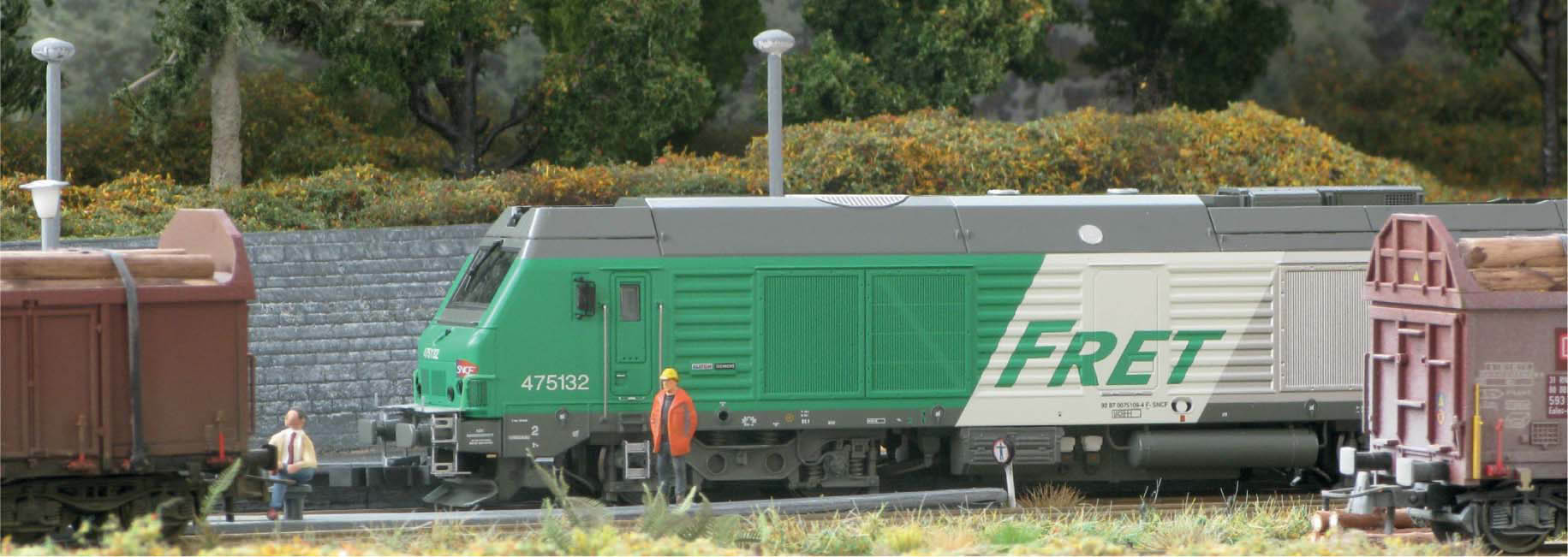
Shunting wagons in timber loading yard in HO scale using SNCF Fret motive power.
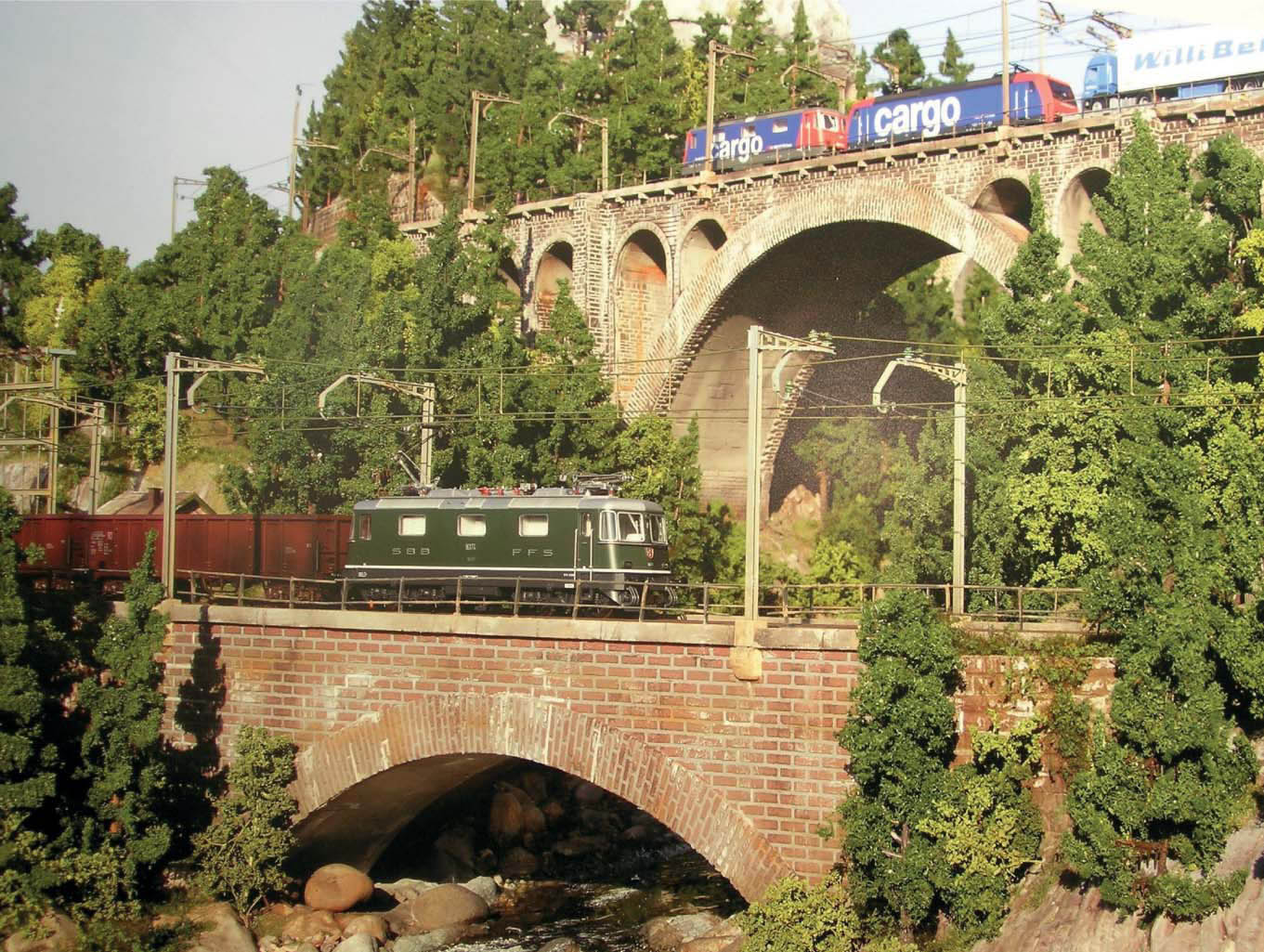
The Gotthard route is very popular with modellers and railway enthusiasts, though from the end of 2016 most of the traffic on the Gotthard line will use the base AlpTransit Tunnel. Here is a model of part of the line using scenery products by Heki displayed at the Nuremberg Toy Fair.
WHAT MAKES EUROPEAN RAILWAYS ATTRACTIVE FOR MODELLERS?
The European railway network includes standard, narrow and broad gauges operated by private and nationally owned railway companies. Its railway routes range from recently built high-speed corridors to rural single-track branches climbing mountain slopes with the assistance of rack systems. It is true that the UK has a similar variety of railway systems (apart from broad gauge), but it cannot arguably compete with the sheer volume of different European railway systems.
Standard- and narrow-gauge railway networks frequently operate side by side and for example at Jenbach in Austria standard-gauge 0BB (Austrian State Railways) and two different narrow-gauge railways operate from the same station. Another example from Switzerland is Interlaken Ost, where standard-gauge SBB locomotives share platforms with the privately owned BLS. Cross-platform connections take passengers to the metre-gauge Zentralbahn line over the Brnig Pass to Lucerne and the Bernese Oberland Bahn (BOB) network of lines, culminating in the highest railway station in Europe at Jungfraujoch. In addition, within half a kilometre of Interlaken Ost station there is a funicular railway to Harder Kulm.
Border stations have a special excitement of their own, with motive power and rolling stock of more than one country arriving and departing. Prestige EuroCity passenger services thread across the rail networks of Europe and cross national borders frequently, with trains often composed of carriages from several countries and sometimes involving changes of locomotives at border stations.
The departure boards at major European stations list domestic and cross-European destinations that conjure appealing ideas of rail travel. The names Orient Express and Glacier Express carry with them images of luxury carriages, superb food and wine, glamorous passengers and legendary destinations. Train names such as the EuroCity Transalpin, City Night Line Andromeda, Thalys Soleil and Trenhotel Sud Expresso maybe have more appeal than the 17.27 from London Waterloo to Alton.

